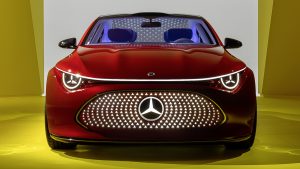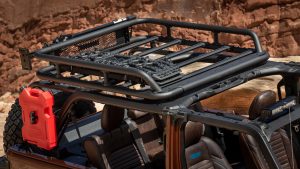German automaker has gone a long way since its troubled beginning in the US. Will the Volkswagen ID.4 make the Chattanooga plant live up to its potential?
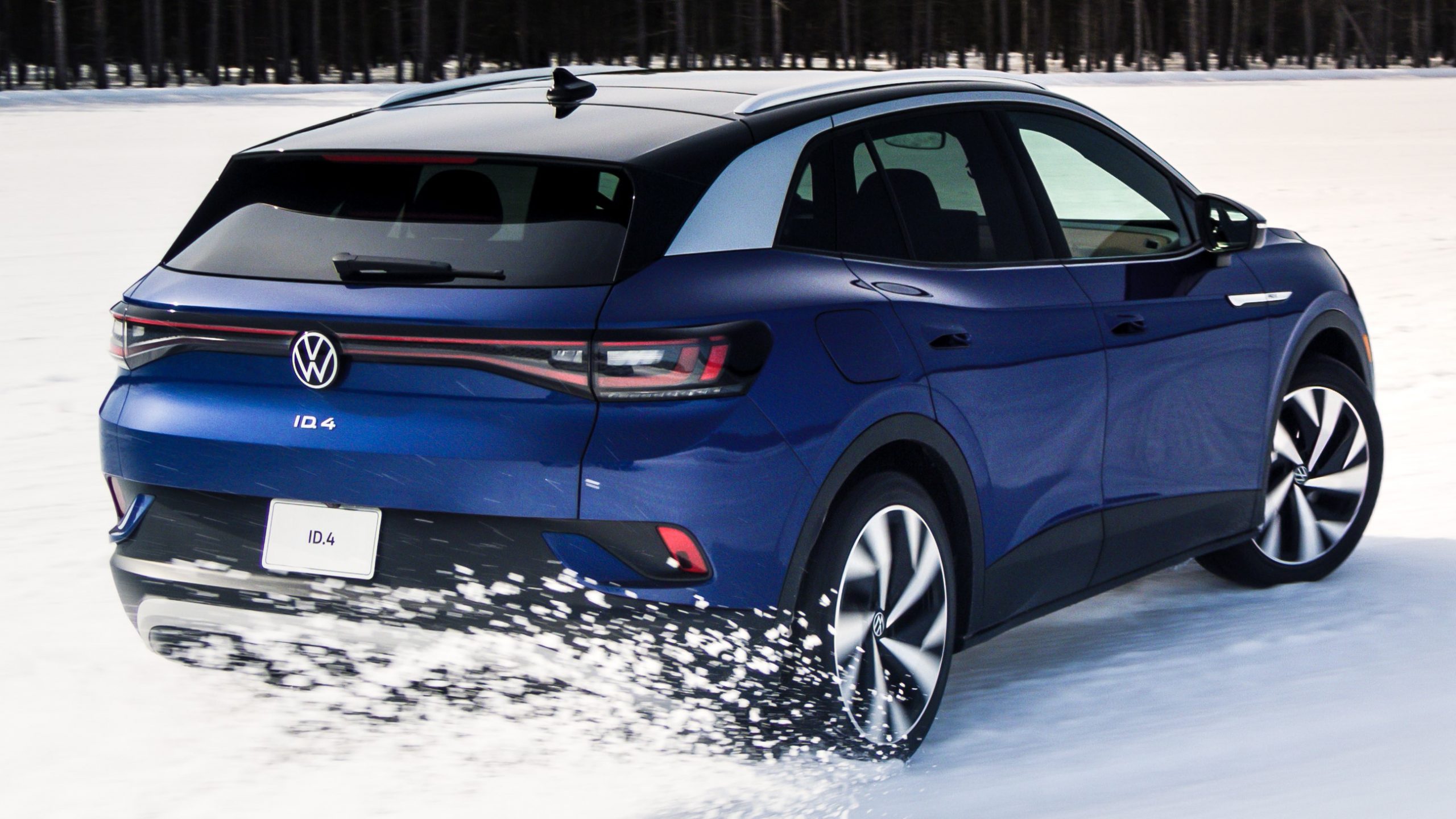
Seeing an automaker start producing cars in a foreign country is great. That typically happens when it has been selling well there and aims to extend that momentum. It is also common when it is confident about a new product yet to go on sale. Either way, that action means that the automaker trusts the potential of that branch; it strengthens its relationship with that country. That is the topic of this article.
Earlier this week, Volkswagen made news because of the 2023 ID.4 in North America. Besides typical style and trim updates, the compact SUV also received cheaper variations with a smaller battery pack. Another interesting change is that the automaker now assembles it in Chattanooga, Tennessee. While making cars in the USA is not new for VW, this moment is valuable for many other reasons. Let us give them a look.
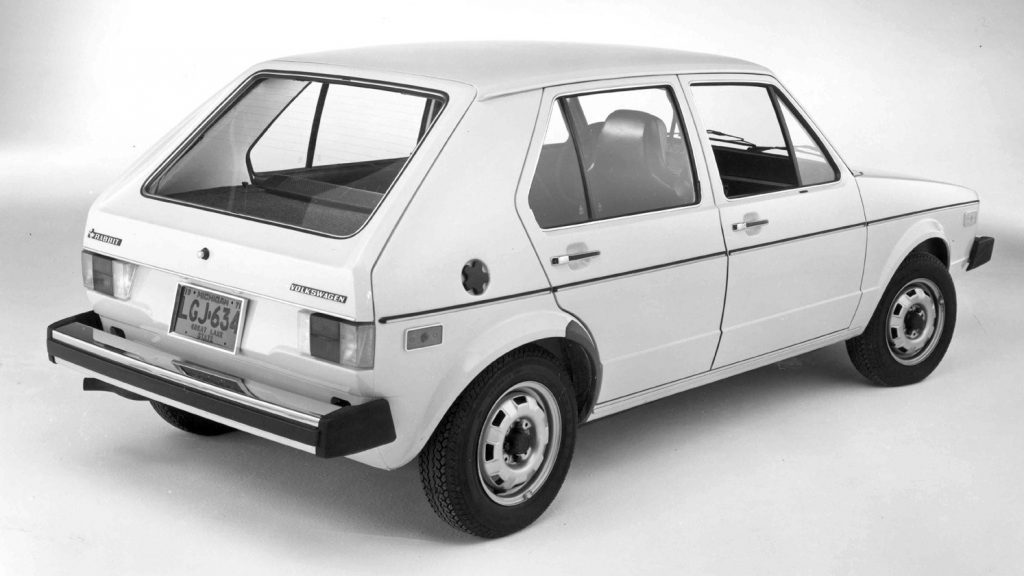


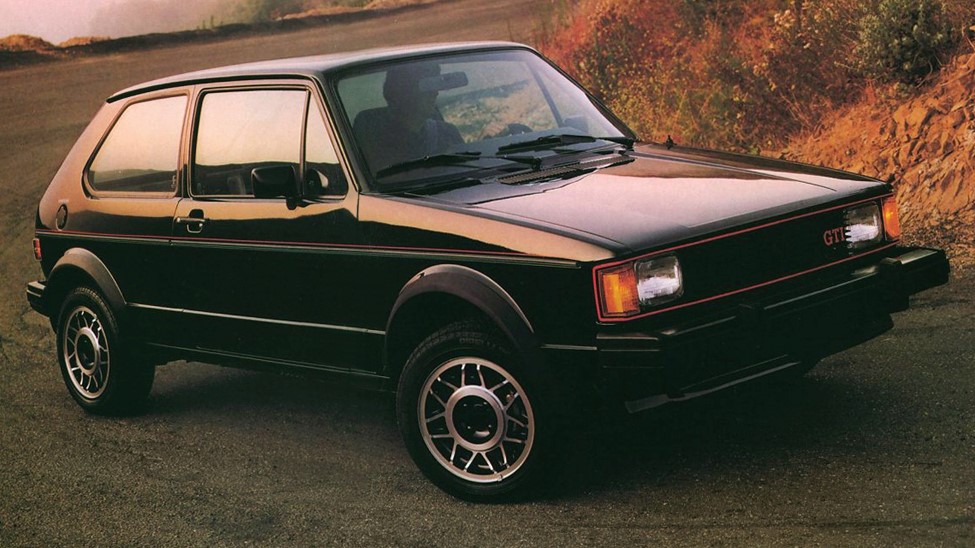
Volkswagen in Westmoreland
After the Beetle’s success in the 1950s and 1960s, VW had to do the same as in Europe. The Golf crossed the Atlantic in 1975 exchanging emotion for reason. In short, the quirky, lovable sedan made room for yet another econobox. The oil crisis forced North Americans to abandon their gas-guzzling cars, local makers were taking too long to respond, and Japanese compact cars were taking over. Volkswagen wanted in.
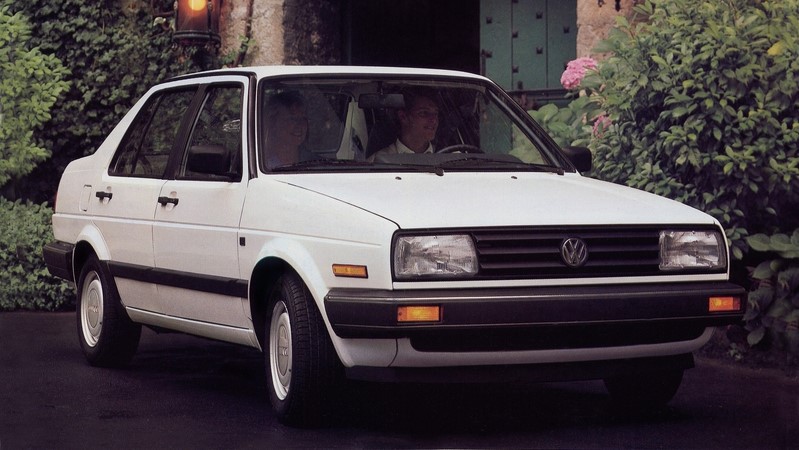
The German maker was enjoying good sales momentum and was confident about the new car. According to the previous paragraphs, it was a great moment to build a local factory. VW purchased the unfinished New Stanton facility from Chrysler, renamed it Westmoreland, and opened it in 1987. It would only build models from the Golf family: the first generation arrived as Rabbit in hatchback and pickup bodies.
Sadly, the venture had several problems. The factory had low automation and an inefficient supply chain, which made operational costs excessive. The cars suffered changes to please local buyers but had technical problems way too often. Besides, the relationship with the staff was bad enough to cause frequent lawsuits and attempted strikes. VW chose to cut its increasing losses and closed the plant in 1988.
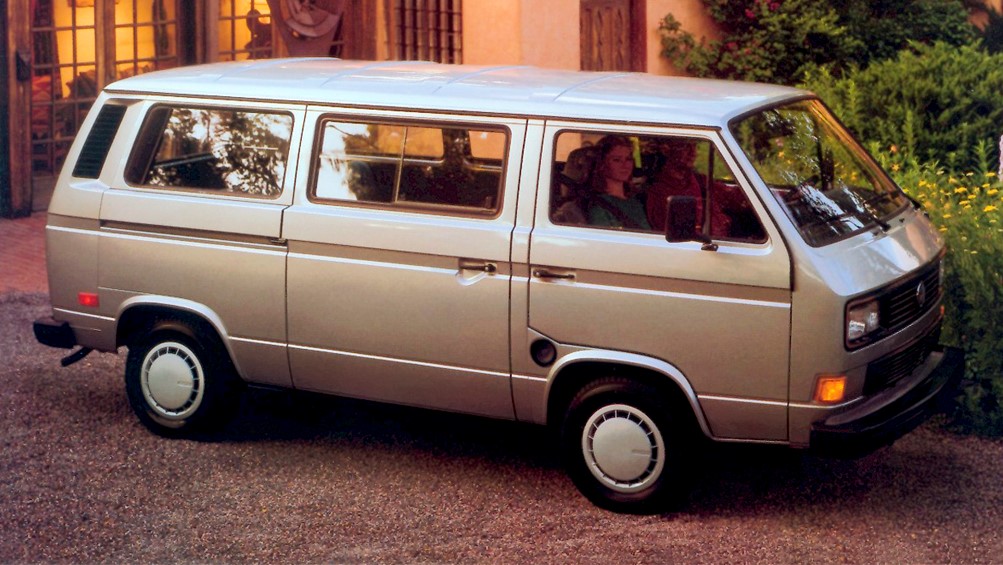

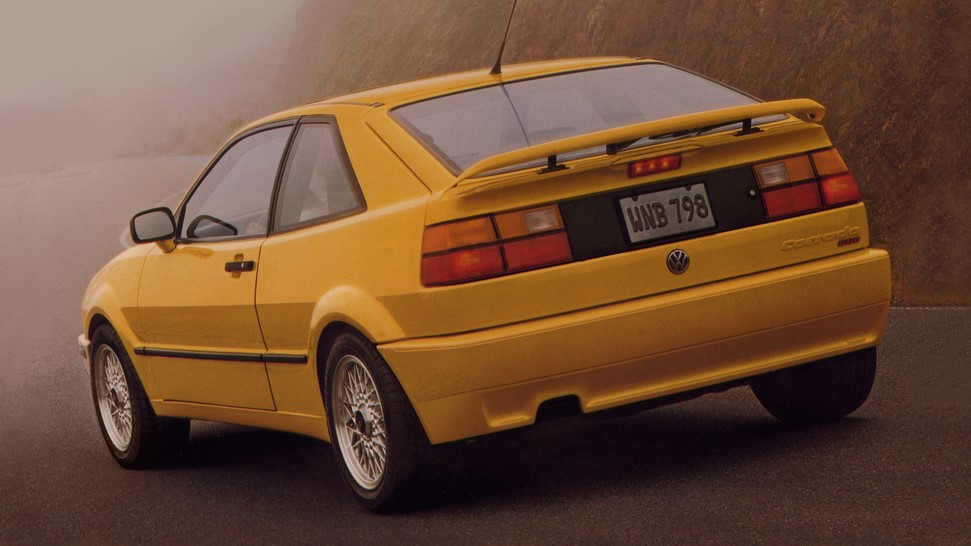

The era of European ventures
Since local production brought so many problems, Volkswagen slowly shifted its focus back to importing. Pressure towards low fuel consumption was easing in the 1980s, so the company decided to venture into newer market segments. The Vanagon went there in several versions so as to please everyone who could possibly look for a van. And the Passat arrived as sedan and SW to fight Accord, Camry, and Taurus.

Parallel to that, the maker decided to dip a toe in some market niches. Both the Golf and the Passat, now rid of Americanized names, offered a high-performance VR6 version. The Golf also came in the Cabriolet version. The Corrado took things to another level by offering the option of a sporty two-door coupé with Golf mechanics. Even the Brazilian branch participated by supplying the Fox as an entry-level option.
While the options were interesting, they could not suppress the fact that VW’s image had been tarnished by the Westmoreland fiasco. Besides, by that time there were many other foreign markets offering quirky options as well. The German maker had steady but modest sales; it became essentially a niche competitor. It is easy to figure that it would not want to simply waste the sales potential in North America like that.
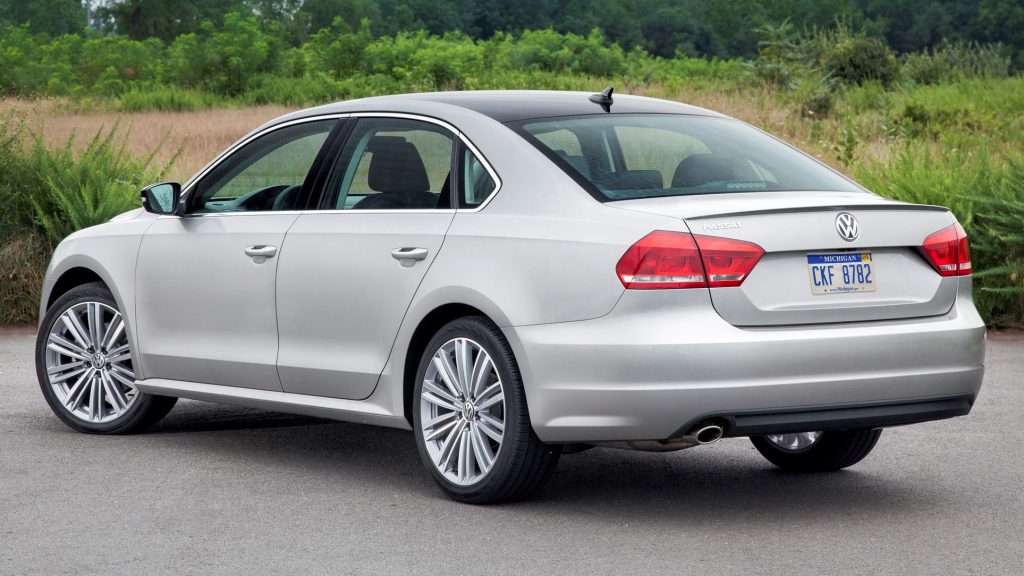
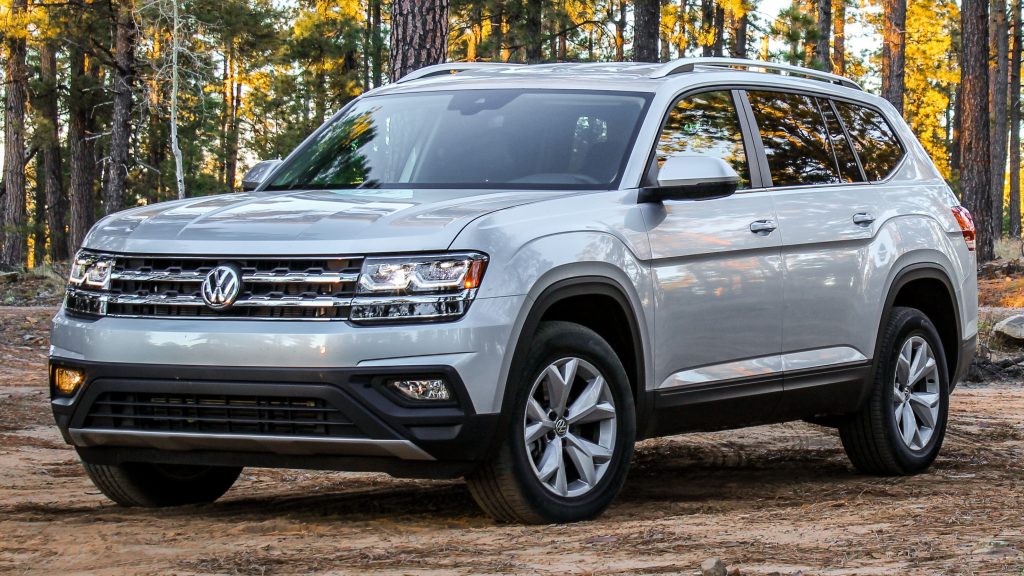
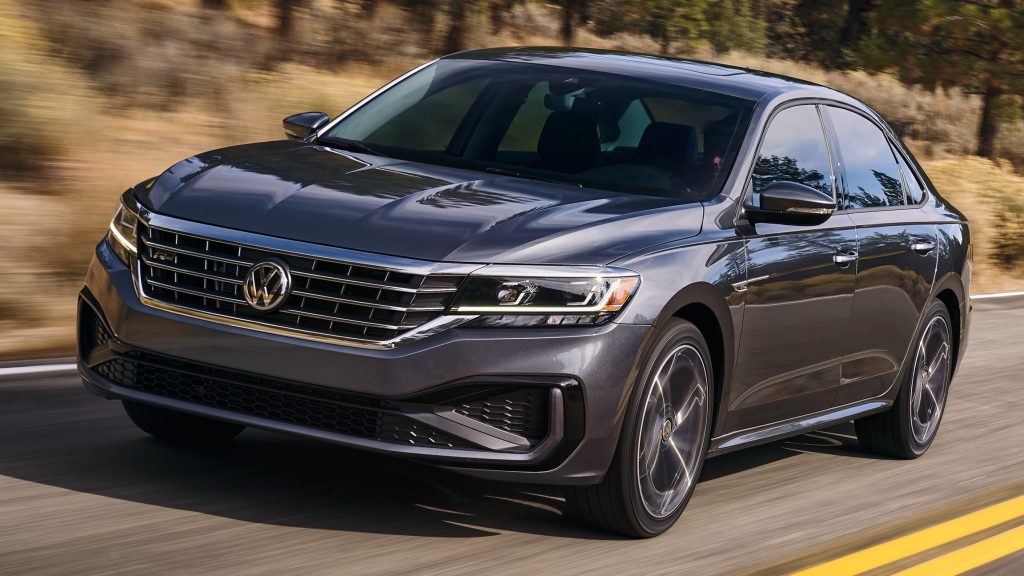
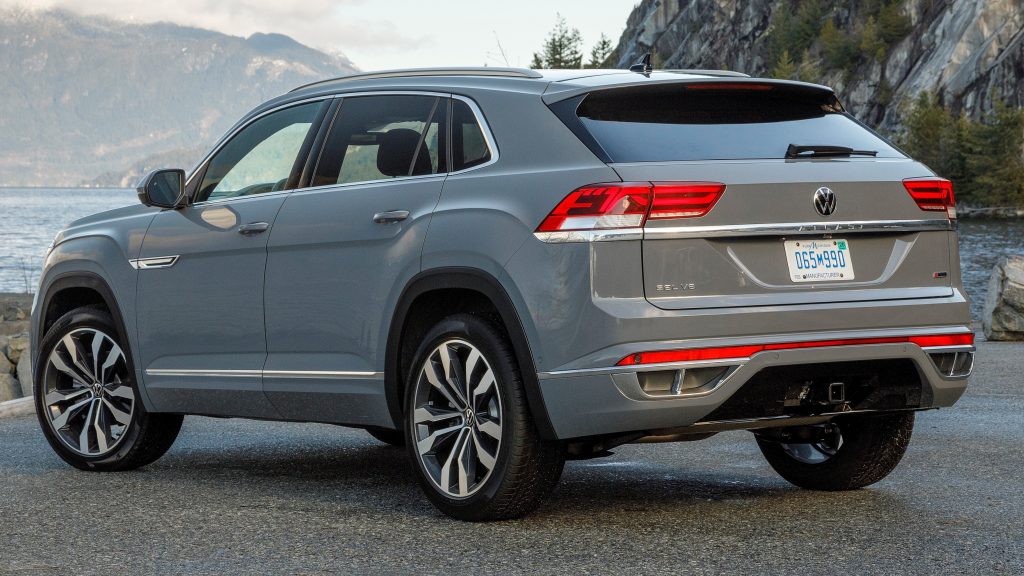
Volkswagen in Chattanooga
We can say that the new investment had the mission to bring stability. The company needed mainstream models to reach bigger and steadier sales volumes. Local production could also protect it against the ups and downs of exchange rates, and the vulnerability of complex supply chains. VW opened the new factory in May 2011 with modern technologies and more flexible labor rules to prevent the problems of yore.
The first concoction was a specific version of the Passat. VW made it larger and simpler to compete in the local midsize segment. Helped by a brilliant TV ad shown during the Super Bowl, the strategy was rather successful. The maker spent the following years investing in less impressive, but more profitable models like the Tiguan and the Jetta – the latter had a similar makeover in 2010 with Mexican production.
In 2017, VW decided to double down and released the Atlas. It was a midsize SUV once again tailored to local preferences; it even received a coupé-like version in 2020. Over time, the automaker streamlined the imported line as well. Taos and Tiguan became the staple offerings to follow the market trends. The Golf is only available in sporty versions now. The Arteon became sort of a halo car. And there is the ID.4.
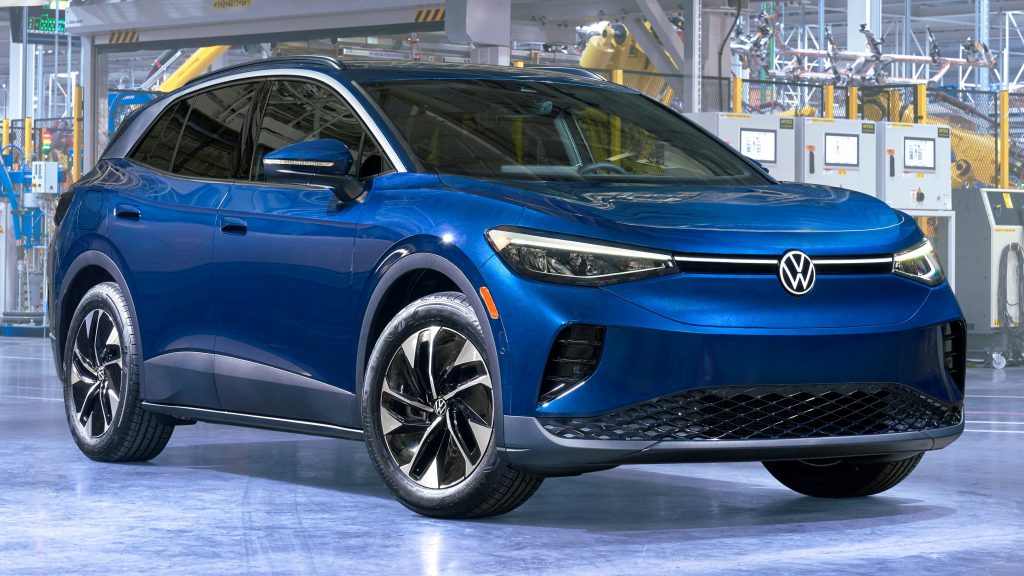
What to expect with the ID.4?
As a compact SUV with electric powertrain, the ID.4 is ideal right now. While making EVs a whole thing of their own is a questionable decision, we cannot deny that VW did its best here. The model has an entirely new platform and features an exclusive design identity. While Europe can buy the smaller ID.3 as well, the company wants to focus on larger models for North America. Investing in the ID.4 was only natural.

The first paragraphs mention that the US assembly brought more options. The entry-level battery pack is still appropriate but lowers the base price. Offering more trim levels is useful to attract more buyers. And the simple move to the Chattanooga facility is a nice sales argument. It means that Volkswagen wants to make one of its most competitive products currently on sale more accessible to the local customer.
As Jalopnik has reported, that conservative shift has finally made US production reach satisfactory results. Now that the branch has gained autonomy, it aims to preserve that momentum by releasing other trendy cars such as the ID.Buzz van. If things keep going well, Volkswagen can only hope to perform even better in the region. What other models do you think it should bring or develop to offer in North America?
Danillo Almeida has explored his passion for cars in two distinct ways. The first one is his graduation course in Mechanical Engineering, which will hopefully lead to a job position in the field. The other one is expressing his knowledge and opinions on the matter through writing. Almeida has already contributed to blogs, stores, and websites in general writing automotive content in many formats.

